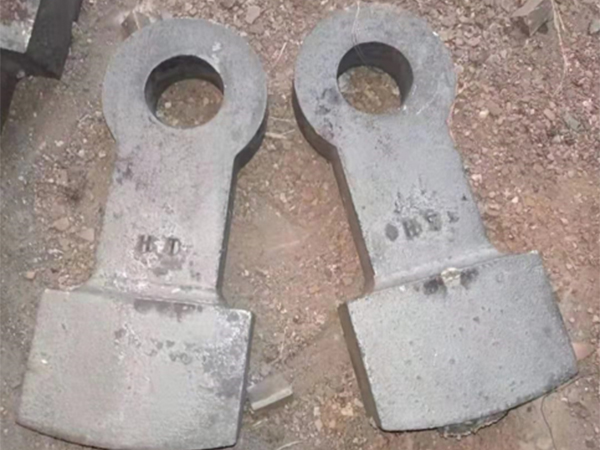
sand casting technology. The sand used in the molds can be easily recycled and reused, making it a sustainable manufacturing option. Furthermore, the process produces minimal waste and emissions, making it an eco-friendly choice for companies looking to reduce their environmental impact. Despite its many advantages, sand casting technology does have some limitations. One of the main challenges of sand casting is the potential for defects in the final parts, such as porosity, shrinkage, and surface imperfections. However, these issues can be minimized through proper mold design, material selection, and process control. Additionally, sand casting is not suitable for producing high-precision parts with tight tolerances, as other casting methods may be more suitable for such applications. Overall, sand casting technology remains a popular choice for manufacturers looking to produce cost-effective, complex metal parts. Its versatility, scalability, and environmental benefits make it a valuable option for a wide range of industries. With proper planning and execution, sand casting can be a reliable and efficient manufacturing process for producing high-quality metal parts. Post time:Jul . 12, 2024 02:37
Next:Sanding 3D prints using wet sanding technique for smoother finish results.
